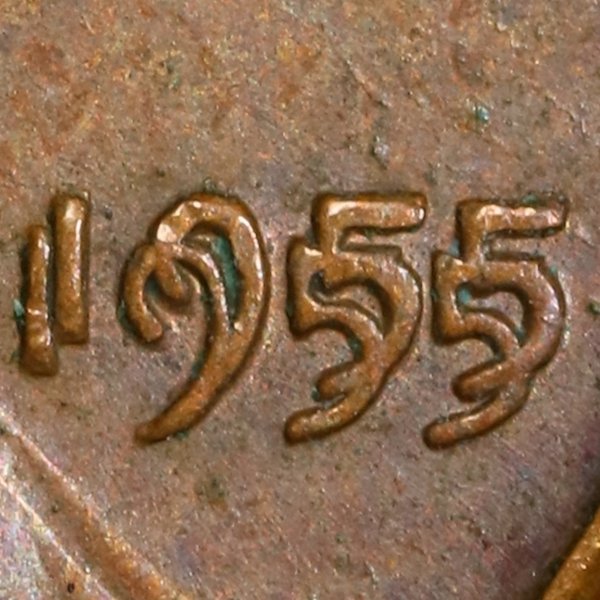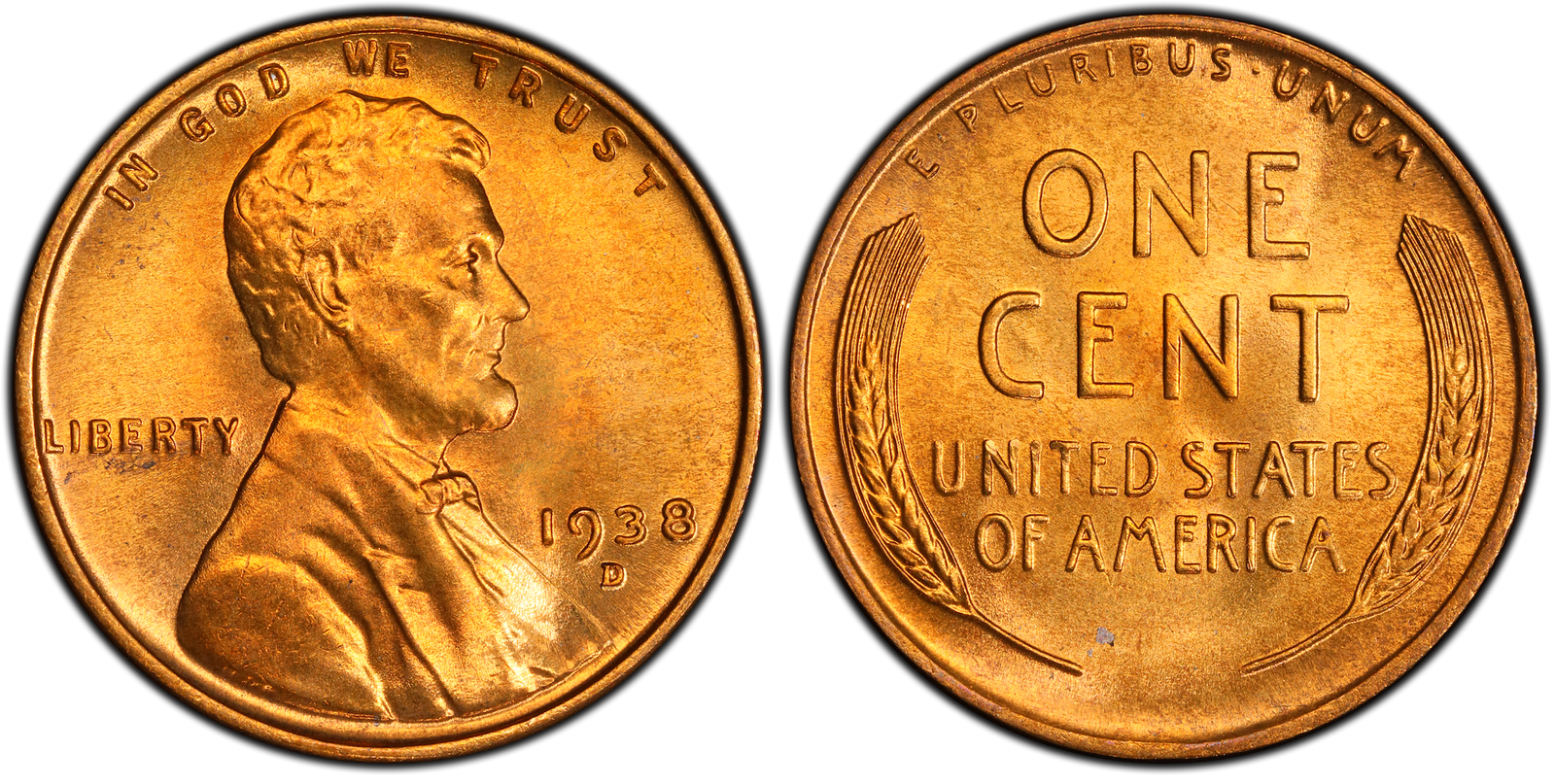
Abraham Lincoln, born in 1809, became arguably the greatest president in the history of the United States. In celebration of what would have been his one-hundredth birthday, the Lincoln cent was released to the public in 1909. When the change was made, the fresh design replaced the former Indian Head cent, a proletarian coin popular with the public and one that helped move the day-to-day economy through Reconstruction and the Technological Revolution. In 1959, the Lincoln cent's reverse was modified to one showcasing the Lincoln Memorial. Only Wheat cents are the focus of discussion on this website.
All Wheat cents, save for the 1943 wartime issues, are struck in an alloy comprising ninety-five percent copper, with the balance consisting of tin and zinc; they are bronze coins. The need for copper during the war resulted in the decision to produce all 1943 cents in ninety-nine percent steel and a shallow layer of zinc. The bronze cents weigh 3.11 grams, and the magnetic steel cents weigh 2.7 grams. Both alloys are 19.05mm in diameter, precisely three-quarters of an inch.
The king of Lincoln cents is undoubtedly the 1909-S VDB. This is one of the most famous coins in United States history and one of the few numismatic pieces sought by those who do not otherwise collect coins. The mintage of this first-year San Francisco issue is comparatively small, yet many were saved due to the fanfare associated with Lincoln's "commemorative" cent and the novelty of keeping the first new cent design in over a generation. Despite the number of surviving examples, the coin remains rare and expensive because demand has consistently outstripped supply. The 1909-S, 1914-D, and 1931-S are considered the primary semi-keys to the series. In uncirculated grades, several early mintmarked dates become prohibitively rare, especially with red surfaces. The most popular varieties include the 1922 "plain," where 1922-D cents were struck without a mintmark, and the 1955 "doubled die," on which the date and several other details show doubling. The span of multiple striking on the 1955 doubled die is remarkable.
Most dates in this series are affordable and often sold in bulk quantities and "starter sets." In average circulated grades, even the semi-keys remain attainable for most buyers. The 1909-S VDB can be elusive for casual collectors. Strike is not generally an issue with this series. Though weakly struck examples are sometimes encountered, no particular date is consistently poor, warranting special attention. Authenticity is only a factor for the 1909-S VDB and the 1914-D. Professional authentication or purchasing from reputable dealers is advisable for these two dates.
